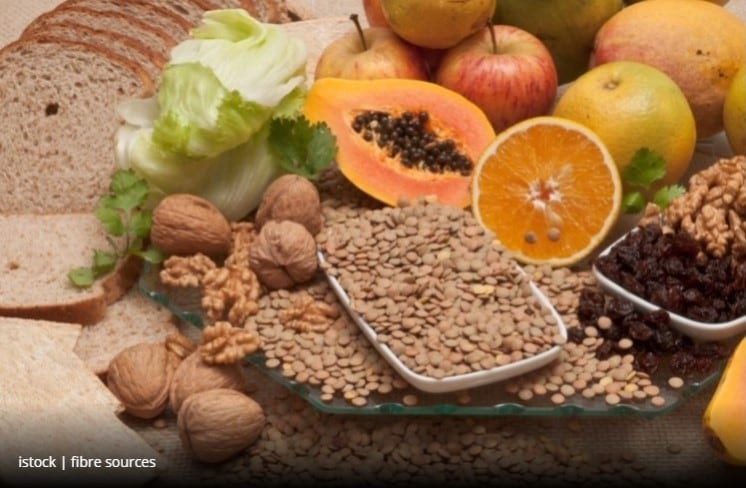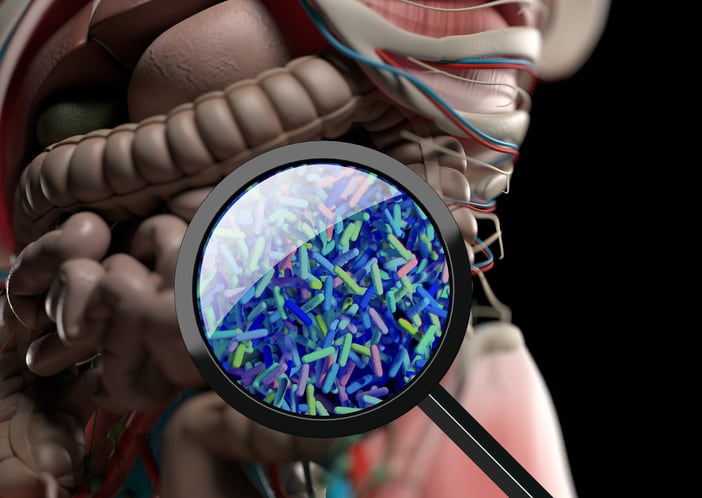Data from the preliminary qualitative phase of the survey indicates that European consumers are broadly “nutritionally conscious” but lack the breadth of knowledge to ensure sufficient intake.
Consequently 90% of survey respondents were consuming less than the recommended levels of dietary fibre.
The ‘observatory’ was conducted by Limagrain Ingredients in partnership with French scientific advisory board, CREDOC (Centre de Recherche pour l’Etude et l’Observation des Conditions de vie).
Information was gathered using an online interactive forum involving 100 consumers in three EU countries (Italy, the UK and Germany) over a period of six days.
The survey allowed a “deep-dive into cultural differences to better understand consumers’ understanding and expectations towards nutrition in general and fibre in particular”, explained Limagrain Ingredients Business Developer, Anne Lionnet.
Results were used to formulate a more focused questionnaire for the second quantitative phase to offer “concrete and useful insights for future developments and actions around fibre”.
Raising awareness
The 2021 survey coincided with the introduction of Limagrain’s ‘Eat Fibre, Feel Better’ campaign as part of on-going measures to raise awareness of the importance of fibre.
“Our goal is to understand why we do not consumer enough fibre in European countries, and what could be the levers to increase their consumption,” said Lionnet.
Consumer sampling is key to developing products that satisfy nutritional requirements, she maintains.
For example, Limagrain high fibre LifyWheat flour was developed last year to try to fill the fibre gap; it contains 10 times more fibre than common white wheat flour and 80% of fibres are resistant starch.
“Limagrain ingredients is developing natural ingredients with high nutritional value, and it is key to understand the need but also the knowledge of consumers. It will allow us to adapt our communication depending on the countries.”
She adds: “The findings of the observatory will help us to better orientate our scientific program to generate data and products with impactful promise able to convince customers and consumers.”
Limited knowledge
Qualitative findings indicate that respondents have only a “basic knowledge of fibre” and its broader health benefits as well as limited awareness of different fibre types, fibre sources, and suggest there is not enough clarity on food labels about fibre content.
In general, fibre was mainly associated with wholegrains (oats, barley, wheat, bran, spelt), specific vegetables (for example, potatoes), and to a lesser extent fruit, such as oranges and nuts.
Bran was the best-known dietary fibre type and cited by 88% of Italians, 61% of Germans, and 76% if British respondents, followed by resistant starch mentioned by 24% of Italians, 16% of Germans, and 23% of British respondents.
The health benefits of fibre were widely recognised and particularly its ability to improve digestion and intestinal transit.
Other benefits, such as better control of blood sugar levels and the positive impact of fibre on cholesterol and cardiovascular health were also acknowledged, but to a lesser extent.
Four areas for improvement were identified to increase exposure of dietary fibre. These included: better information about fibre in general, and particularly health benefits; wider and more easily accessible product ranges; clearer product food labelling, and finally raising awareness of products naturally rich in fibre.
Quantitative data
Phase two was carried out in November and involved 7,427 consumers in seven EU countries.
The survey structure was similar to phase one; it employed the same questionnaire “that combined socio-demographic data” and a dozen multiple-choice questions addressing perception, knowledge and attitudes towards dietary fibre.
Sampling in both phases was representative of the whole adult population in relation to sex, age, income, education, occupation, family unit, and rural/urban setting, for example.
The results of phase two will be released in the next six months. Lionnet says the study will be repeated every three years to compare the “evolution” of consumer knowledge and consumption patterns.


